The Role of Micro-Influencers in Marketing for Successful Brand Campaigns
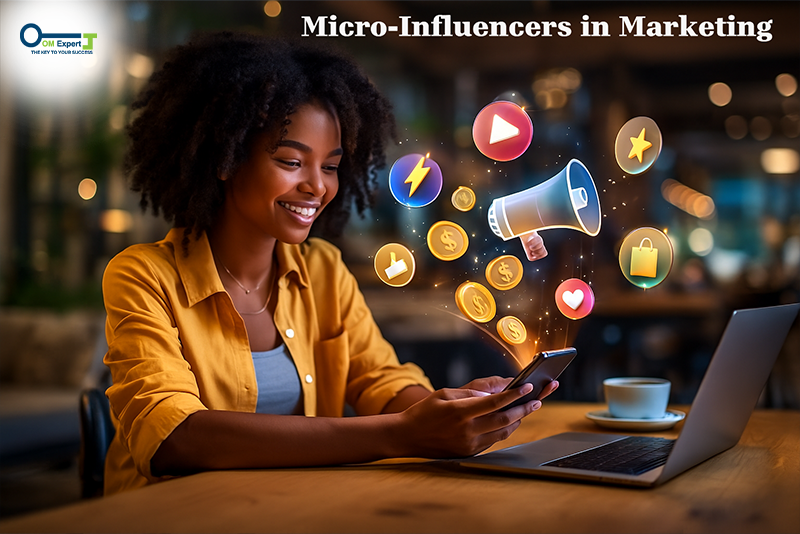
In the modern digital landscape, marketing strategies have shifted greatly. Consumers no longer reply only to traditional ads. They look for original, relatable voices that guide their decisions. This is where micro-influencers in marketing have gained great importance. These influencers may have smaller followings than celebrities, but their content resonates personally with their audience, driving engagement and trust.
Brands around the world have started leveraging micro influencers to manage successful campaigns that are cost-effective yet impactful. In this blog, we will explore the definition, advantages, and strategies of collaborating with micro-influencers as well as future trends shaping digital marketing campaigns.
What are micro influencers?
A micro influencer is an online content creator with a relatively small but very engaged following. Commonly, their followers range between 5,000 and 50,000. Unlike big celebrities, micro influencers have certain areas of specialization that may include fitness, beauty, cooking, or travel.
Because their audience is smaller, they can engage with followers personally. That makes them trustworthy. When they recommend a product, their followers listen. This is why micro-influencers in marketing are so effective.
Why They Are Important: -
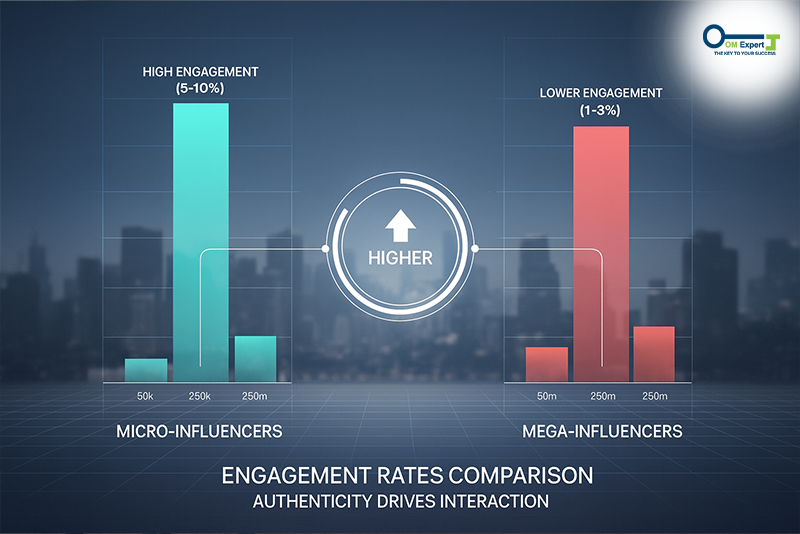
What makes micro-influencers so important for brands is that they offer advantages not necessarily achieved with high-level influencers or using traditional advertising methods. Their much smaller, highly engaged audiences make them perfect for strong relationship building between a brand and potential customers. Let’s look at a few key reasons why micro-influencers matter when it comes to marketing:
For example, an unexpected quarterly earnings announcement or a government policy can lead to rapid movements within the Sensex. Consequently, investors tune in to this news to act immediately, buy undervalued stocks, protect existing investments, or adjust portfolios. Real-time insights are invaluable for intraday traders, while long-term investors gain an advantage by understanding the underlying patterns behind Sensex daily movements.
It also underlines the top gainers and losers, apart from sector-specific performance that empowers users to make calculated investment decisions. Through an analysis of various sectors and monitoring investor sentiments, sensex moneycontrol helps in capitalizing on emerging trends with efficiency.
1. Higher Engagement Rates than Big Influencers
Micro-influencers have relatively smaller audiences, yet these are more active and engaging. While celebrities with millions of followers may not view each post and interact with it, micro-influencers maintain a personal touch with their audience. They receive more comments, shares, and likes on posts, stories, and videos relative to the size of their audience. This high influencer engagement also means messages about a brand, product, or service are more likely to reach and resonate with real people.
2. Cheaper for Brands
Working with big-name influencers can be incredibly expensive, often requiring deals of thousands, sometimes hundreds of thousands, of dollars per post. Micro-influencers, on the other hand, are decidedly more budget-friendly. In return, this makes it feasible for brands to work with several at one time or run campaign periods longer without breaking the bank. Even a small business with an extremely limited marketing budget can turn to micro-influencer marketing as a valuable means to capture a passionate audience.
3. Ability to reach a targeted audience
Micro-influencers usually target a niche, be it fitness, beauty, tech, travel, or even lifestyle. With this in mind, it brings the content to the audience that is genuinely interested in the products or services being promoted. By finding the right micro-influencers, brands can leverage highly focused influencer marketing toward audiences more likely to become loyal customers of their brands. This precision increases a marketing campaign’s effectiveness and performance.
4. Creating Real Content Followers Can Trust
Authenticity is among the most critical strengths of micro-influencers. Their content tends to be personal and more relatable than some professionally scripted content. Their followers trust their opinions because they seem genuine and frank in what they review or say. If a micro-influencer recommends something, it can carry a lot of clout over a typical ad. This authenticity helps build credibility with a brand, raises brand awareness, and may prompt followers to make purchases based on trusted recommendations.
Overall, brands that use micro-influencers for marketing can build strong, more meaningful connections with their audience. The way surpasses merely reaching potential customers through proper channels, but also improves their reputation through authentic endorsements. With micro-influencers, brands can increase engagement, grow their following, and drive sales- all without spending excessive amounts of money. This combination of affordability, trust, and targeted reach is what makes micro-influencers such a crucial part of modern marketing strategies.
How Micro-Influencers Work in Marketing: -
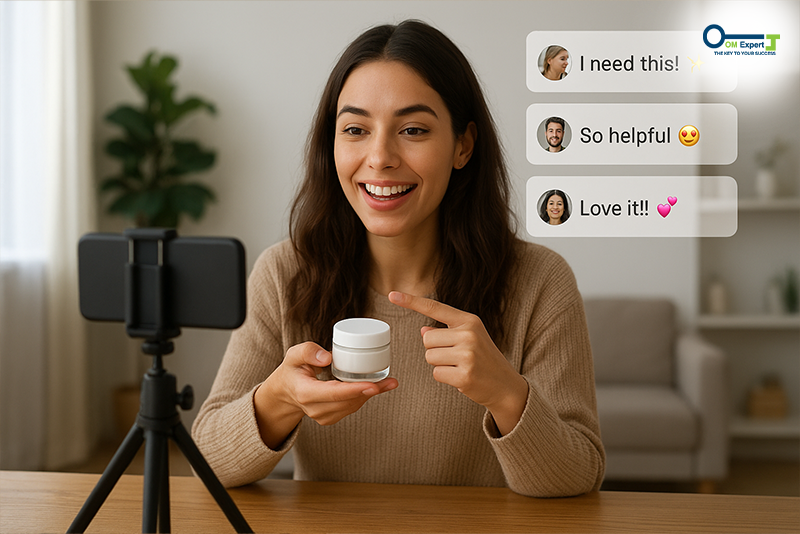
Target Audience
They usually focus on a niche or topic. This makes them perfect for targeted influencer marketing. For instance, a small skincare brand could work with a micro-influencer who is talking about natural skincare. Immediately, their followers are likely to be interested in the brand.
Authenticity and Trust
Micro-influencers are trusted because people feel that they are genuine. They respond to comments, share personal experiences, and show real content. The effectiveness of micro-influencers is much higher in comparison with traditional ads.
Cost-Effective Strategy
Hiring big celebrities can be very expensive. Micro-influencers are relatively cheaper. This influencer marketing technique is called small influencer marketing. Brands can run several campaigns with micro-influencers without spending too much money.
Content Creation
Micro-influencers are very good at influencer content creation. They create videos, posts, tutorials, and reviews that feel natural. This helps in social media promotions and boosts brand visibility.
Benefits of Micro-Influencer Marketing: -
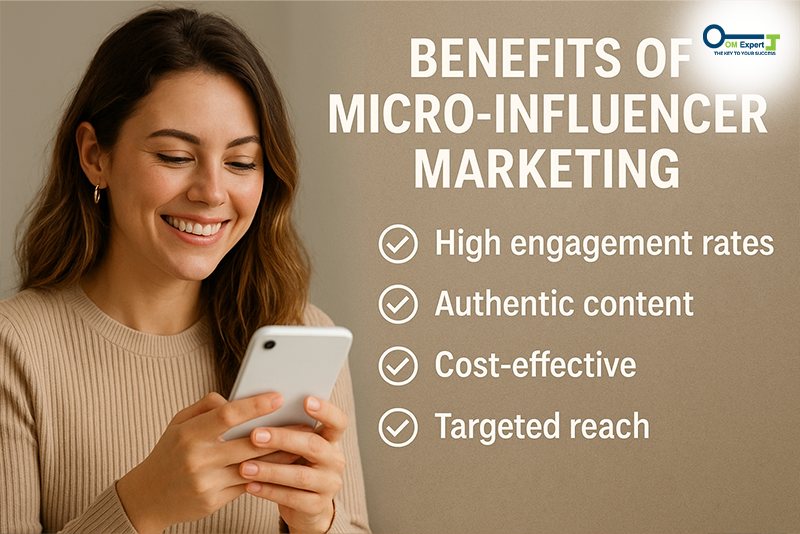
Partnering with micro-influencers in marketing opens up a wide set of benefits for brands of all sizes. Their smaller but highly engaged audiences make them extremely effective for campaigns that require authenticity, targeted reach, and measurable results. Let’s look into the details of these benefits:
1. Better Engagement
What really makes micro-influencers so powerful is the closeness with which they can engage their audience. Unlike big influencers or celebrities, micro-influencers have the ability to interact personally with each follower through comments, direct messages, or replies on posts. This creates a strong sense of trust and community.
When a micro-influencer suggests any product or service, followers are most likely to pay attention and take action: clicking a link, buying a product, or sharing content, in which their audience is genuinely invested. This high influencer engagement is particularly important for brands seeking to create meaningful connections rather than merely counting views or impressions.
2. Cost Savings
For most brands, but especially for small and medium-scale businesses, budget remains the biggest issue. Big-name influencers are really expensive, and in some cases, the rates go into thousands of dollars per post. In contrast, a micro-influencer is way cheaper.
Brands are able to work with multiple micro-influencers simultaneously, spreading messages across different audiences without overspending. This also allows for more experimentation with campaigns and content types. Small businesses can remain competitive against larger-scale companies in terms of visibility and engagement within their budget.
3. Targeted Reach
They often focus on a niche or specific topic, from fitness to travel to tech, cooking, and lifestyle. This makes them ideal for more targeted influencer marketing as brands are able to reach an audience actually interested in their product.
When brands use micro-influencers to target the right audience, the campaigns become more efficient. Instead of casting a wide net, companies can focus on individuals who are more likely to engage, share, and make purchases. This will help improve brand visibility and the return on investment.
4. Credibility and Authenticity
They are perceived as real people to their audience, rather than paid advertisers. Their recommendations feel personal and authentic. This credibility leads to a higher trust, stronger brand loyalty, and increased micro-influencer effectiveness.
The reason is that since they interact personally and create relatable content, the followers are more receptive to their messages. Micro-influencer endorsements don’t feel forced compared to traditional ads; therefore, brands gain a positive reputation.
5. Flexibility
One of the big positives when working with micro-influencers is flexibility. Brands are able to test multiple campaigns with different influencers, measure results, and scale what works best. This allows companies to experiment with content styles, posting frequency, and audience segments without committing to a single expensive campaign.
Micro-influencers also tend to be more open to creative collaboration. Brands can try new ideas, limited-time promotions, or seasonal campaigns- all while receiving real-time feedback from the influencer’s audience.
6. Additional Benefits
Besides the main advantages above, micro-influencers also offer:
- Higher brand recall: The followers will more likely remember a recommendation made by someone they trust.
- Viral potential: Interested audiences result in viral sharing of posts.
- Long-term relationships: Repeated collaborations build trust with both influencers and their followers.
- Real-time feedback: Through comments, polls, and surveys, brands are able to learn what resonates with audiences.
Overall, the utilization of micro-influencers in marketing will enable the brand to communicate better, ensure proper targeting, economize resources, and measure results more effectively. These benefits make them a powerful tool for modern marketing campaigns.
How to Run a Micro-Influencer Campaign: -

Step 1: Choosing the Right Influencers
A brand should select micro-influencers whose following fits its target market. This is targeted influencer marketing.
Step 2: Setting Clear Goals
Establish what you want from the campaign. More followers? More sales? Brand awareness? Having clear goals helps in tracking success.
Step 3: Collaborate Authentically
Avoid scripted content. Let the influencers create it in their style. Authenticity improves the engagement rate of micro-influencers.
Step 4: Performance Monitoring
Use analytics tools to gauge the performance of your campaign. Check likes, comments, clicks, and sales. Helps calculate Influencer ROI.
Step 5: Establish Long-Term Partnerships
Working repeatedly with the same influencers improves trust, and long-term collaborations lead to stronger results.
Examples of Successful Micro Influencer Campaigns: -
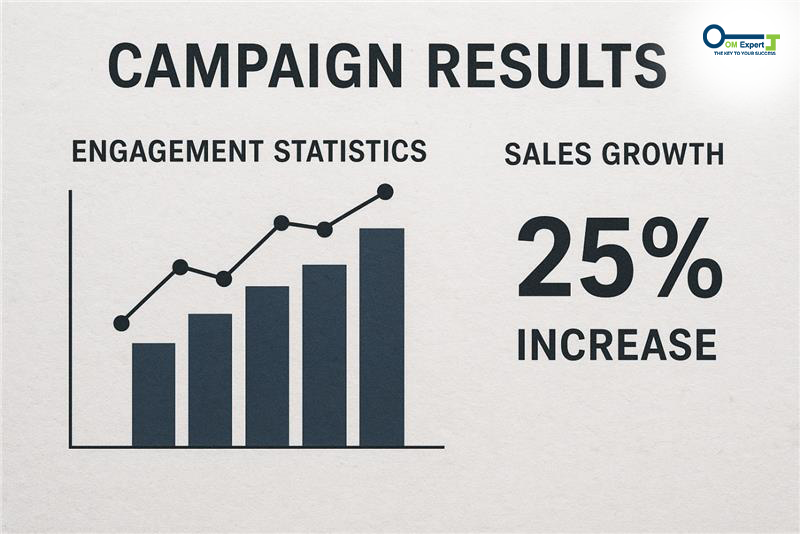
Many brands have successfully collaborated with micro-influencers.
- Fashion Brand: Collaborated with 10 micro-influencers to create styling videos. Outcome: an increase in online sales by 25%.
- Fitness Product: Collaborated with niche fitness influencers for tutorials. Result: an increase in engagement of 30% and website traffic.
- Food Brand: Collaborated on recipes with food bloggers. The outcome is new followers and more brand awareness.
These case studies of micro-influencers prove that small-scale influencers sometimes create a huge buzz.
Tips for Brands Using Micro-Influencers: -
- Focus on Authenticity: Let influencers speak in their own voice.
- Measure Results: Assess clicks, sales, and engagement to see what works.
- Utilize several platforms: Instagram, YouTube, and TikTok are favorites for micro influencer campaigns.
- Inspire Creativity: The influencer should create original content that feels real.
- Keep Up-to-date: Pay attention to trends in influencer marketing to help inform and improve campaigns.
These recommendations support running effective micro influencer campaigns and achieving better social media brand growth for brands.
The Future of Micro-Influencers in Marketing: -
The role of micro-influencers in marketing will continue to grow. Due to new digital marketing innovations, brands can now find the right influencers much faster, track results with heightened accuracy, and reach their target audience effectively.
Key trends include:
- More use of micro-influencer advertising for niche products
- Focus on engagement rather than just follower numbers
- Integration of micro-influencer campaigns into overall digital marketing strategies
- Data-driven decisions to improve influencer ROI
By adopting these trends, brands can achieve strong results with even smaller marketing budgets.
Conclusion
Micro-influencers in marketing will change how brands connect with their audiences. Their small but loyal following, authentic content, and high engagement make them perfect for successful brand campaigns. By using micro-influencers in marketing, brands can raise brand awareness, improve social media marketing insights, and achieve a better influencer ROI.
Even the smallest of campaigns, with the right strategy, can deliver very real growth and success. Whether businesses are looking for expert guidance or for practical tips on how to run effective micro influencer campaigns, OM Expert provides in-depth resources, insights, and strategies for succeeding in today’s digital marketing landscape.

